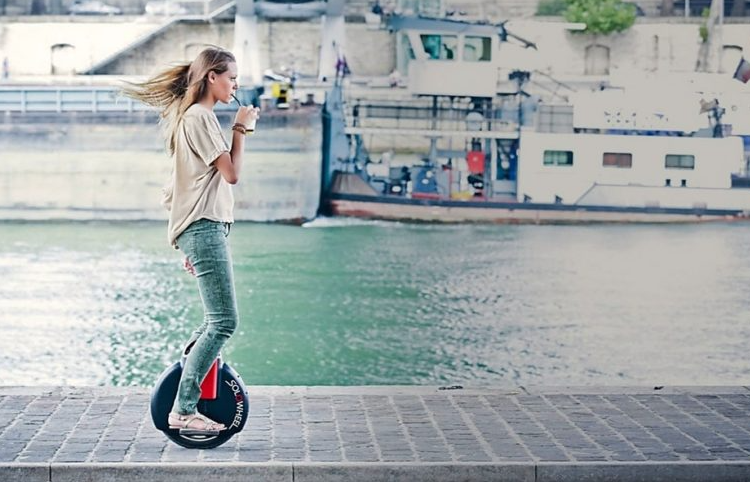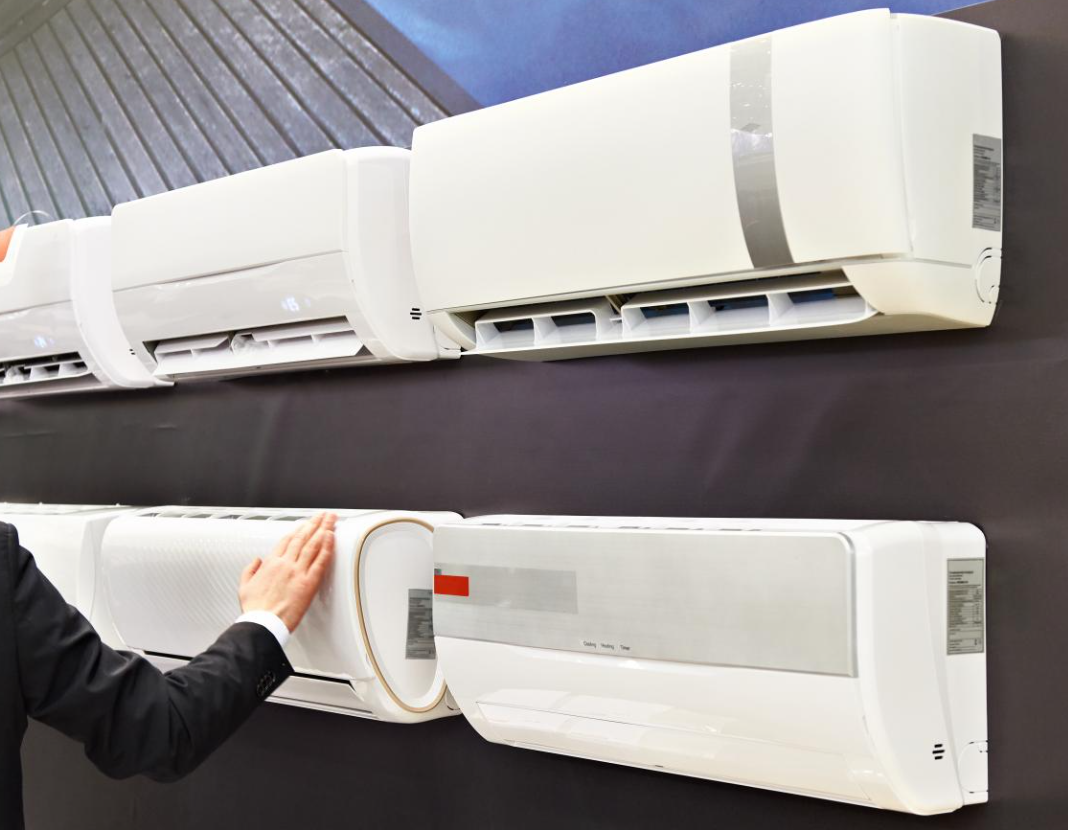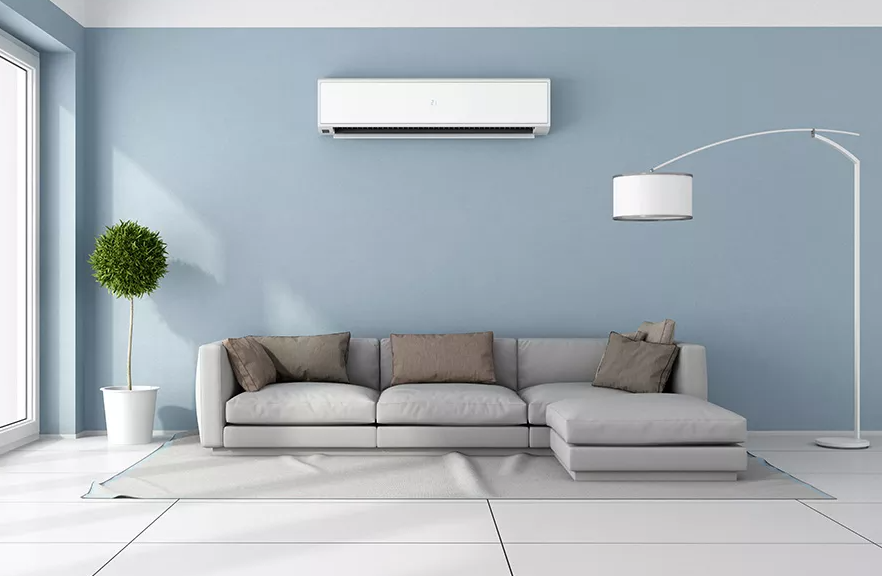Monowheels are not only an environmentally friendly mode of transport, but also a very exciting hobby that can be a lot of fun and improve your fitness. Finding the right monowheel can seem like a daunting task because of the many models and features available.
Power and speed when choosing a monowheel
Motor power
The choice of motor power is extremely important as it affects the overall capabilities of the monocycle, especially in rough terrain or uphill riding. Here are some recommendations:
- For urban riding: The 500 to 1000 watt motor is suitable for most urban conditions, providing enough power for confident manoeuvring and hill climbing.
- For increased performance: If you plan to frequently drive on challenging routes or are looking for more power for confidence on the road, consider models with a higher horsepower engine.
Maximum speed
The maximum speed of a monocycle is not only a matter of enjoying a fast ride, but also a factor of safety and comfort:
- For beginners: It is recommended to choose monowheels with the ability to limit the maximum speed. This allows beginners to adapt to operating the device without the risk of losing control.
- For experienced users: If you already have experience driving a monowheel, you can choose models with a higher top speed, which will allow you to use the device more effectively for long journeys or fast travelling around the city.
Mileage on a single charge
When choosing a monowheel, it’s important to understand the battery specifications to determine how far you can travel without recharging.
Battery capacity
Battery capacity is measured in watt-hours (Wh), which is a measure of the energy the battery is able to store and release. A higher battery capacity will usually give you better mileage:
- Lower capacity level: 180 Wh to 320 Wh. Batteries of this capacity are suitable for short journeys or use in environments where additional charging is possible during the day. They are lighter and often cheaper, but are limited in range.
- Medium capacity: 320 Wh to 840 Wh. These batteries are ideal for regular medium length journeys. They provide a good balance between weight, cost and mileage.
- High capacity: From 840 Wh and up. Designed for long journeys and can provide up to 100 kilometres or more on a single charge. These batteries are ideal for long journeys or conditions where charging stations are not available.
Important considerations when selecting battery capacity
- Charging time: Larger capacity batteries take longer to fully charge unless they support fast charging technology.
- Cost: Monocycles with a large battery capacity are usually more expensive. Evaluate how often you will use your maximum mileage to determine if it is worth investing in a larger capacity.
Weight and wheel size of the monocoque wheel
When choosing a monowheel, it is important to consider the size of the wheel and the weight of the device, as these parameters have a significant impact on usability and performance. Here is a detailed overview of these criteria:
Wheel size
The wheel size of a monowheel determines how comfortably and safely you can get around in various conditions:
- 14-16 inches: Wheels of this size are ideal for urban environments. They provide good manoeuvrability and convenience when travelling on narrow pavements or in crowds. Smaller wheels are also lighter and easier to carry.
- 16-18 inches: Larger wheels offer more stability and comfort on uneven surfaces such as dirt roads or cobblestones. They absorb shocks better and provide a smoother ride, making them the preferred choice for long trips or off-road use.
Weight of the device
The weight of the monowheel also plays an important role, especially if you have to carry it often:
- Lightweight models (approx. 10-12kg): Convenient to carry in your hands, for example when transferring on public transport or climbing stairs. However, lightweight models may have lower power and battery capacity.
- Heavy duty models (15kg or more): Usually equipped with powerful motors and larger batteries for better performance and longer mileage. However, carrying these units can be difficult, especially for people with limited physical strength or if you often need to move the unit manually.
Construction and materials
When choosing a monowheel, in addition to the power and size of the wheel, it is important to consider the design and materials of construction of the device, as well as the presence of features that increase safety and convenience of use.
Choosing a durable and reliable monowheel ensures longevity and safe operation:
- Materials: Look for devices with bodies made of high-quality materials such as polycarbonate or reinforced plastic that can withstand bumps and drops. Aluminium or magnesium alloys are often used to create lightweight and durable frames.
- Features: Additional protection in the form of bumpers or overlays can help protect your device in the event of drops. Some models have removable parts for easy replacement or repair.
Safety and additional functions
Safety features and added conveniences can greatly enhance the experience of using a monocycle:
- Lighting: Front and rear lights are essential for safe driving at night. Some models are equipped with automatic headlights that switch on in low light conditions.
- Ring or beep: Helps warn pedestrians or other road users of your approach, increasing the safety of all road users.
- Bluetooth connectivity: Allows you to connect your monowheel to your smartphone to track battery status, speed and other important parameters via a specialised app.
- Battery Tracking: An important feature that helps you avoid sudden battery drain when you’re away from home, allowing you to plan your journeys with the remaining charge in mind.
How to choose a monowheel for different purposes
Choosing a monowheel should take into account your lifestyle, location of use, and level of ownership of the device. Here’s how to find the perfect monowheel for different usage scenarios:
For the city
- Autonomy: Choose a model with sufficient battery capacity to give you the daily mileage you need without having to recharge. Batteries with capacities from 320 Wh to 840 Wh are often suitable for most urban routes.
- Manoeuvrability: Monowheels with 14 to 16 inch wheels are ideal for the city, as they offer good handling and ease of manoeuvring through narrow streets and crowds.
For off-road use
- Larger wheels: Choose units with 16-18 inch wheels, which are better adapted to bumps and provide more stability on difficult terrain.
- Power: Models with a 1000 watt motor and above will be optimal for climbs and challenging trails where extra power is needed to overcome obstacles.
For beginners
- Speed Limit: Look for monowheels with the ability to programmatically limit your maximum speed so you can learn safely and gradually.
- Additional training accessories: Additional handles and stabilising wheels will help beginners feel more confident at first.
Choosing the right monowheel depends on many factors, including your personal experience, usage conditions and specific needs. Take these aspects into account to find a device that will not only fulfil all your requirements, but will also ensure safety and comfort while riding. Remember that the right choice can significantly improve your monocoach experience, making every ride enjoyable and efficient.
Follow the link, choose the monowheel that suits your needs and don’t forget to activate your reBITme cashback. Let your next purchase become even more enjoyable with savings. Happy shopping!





